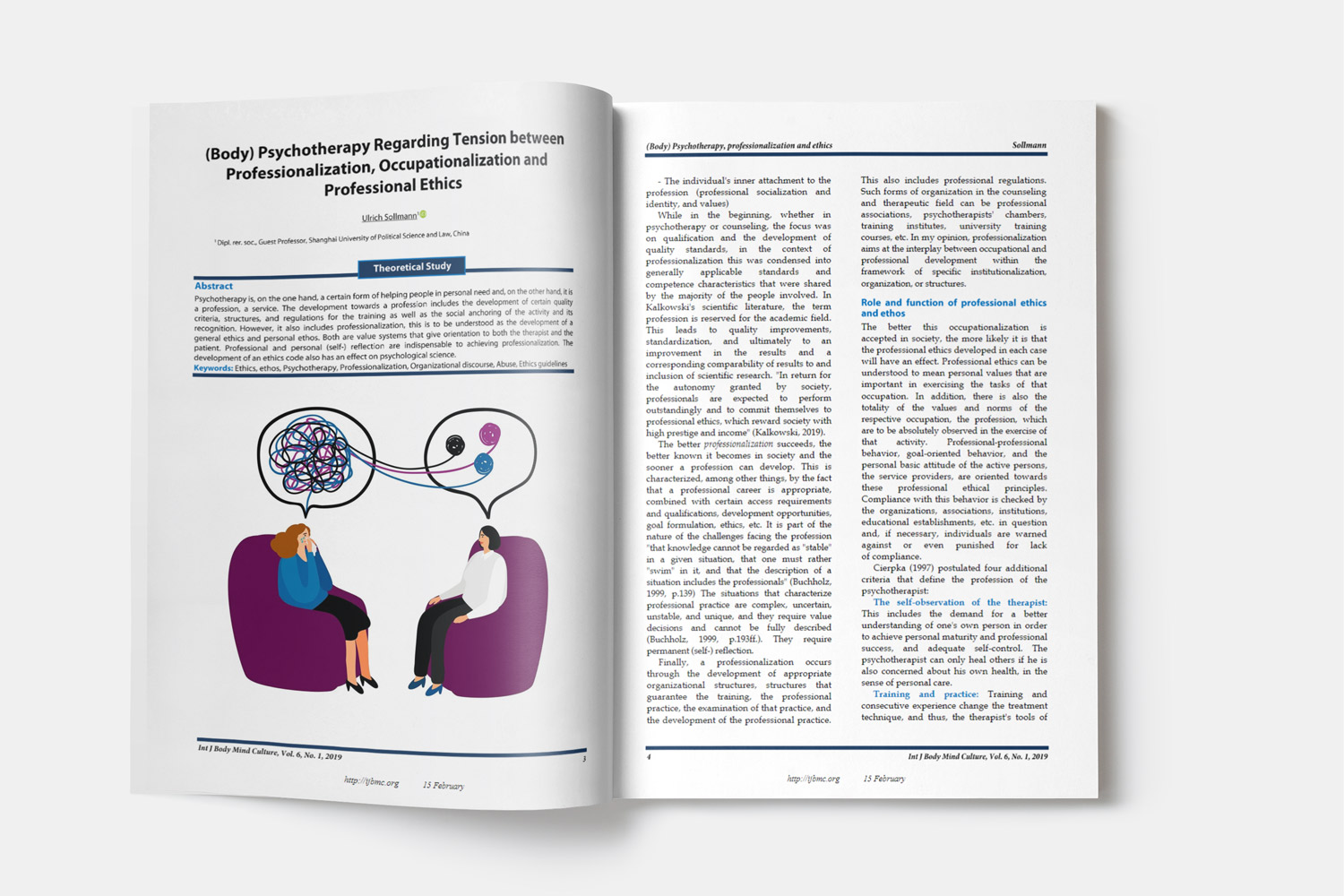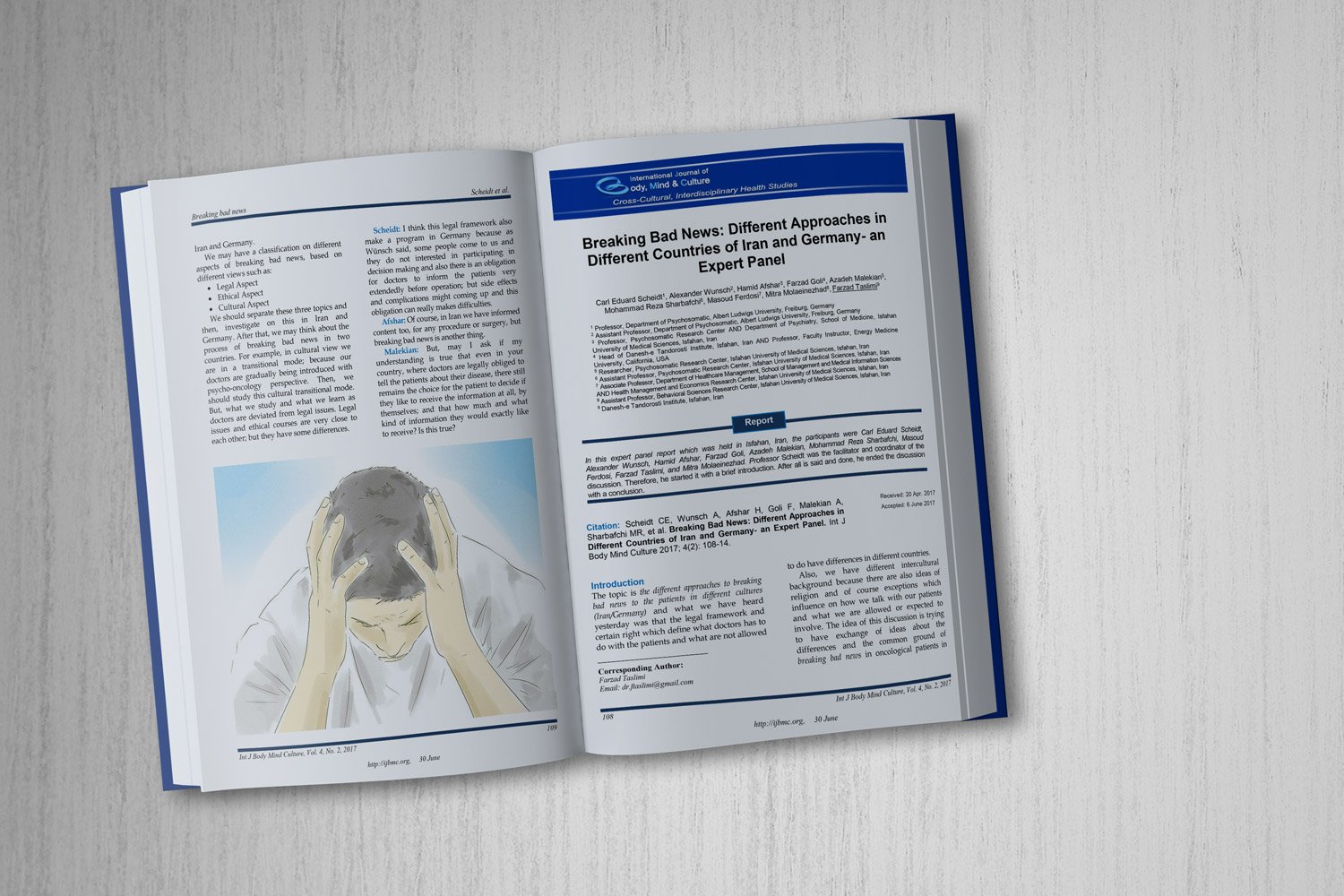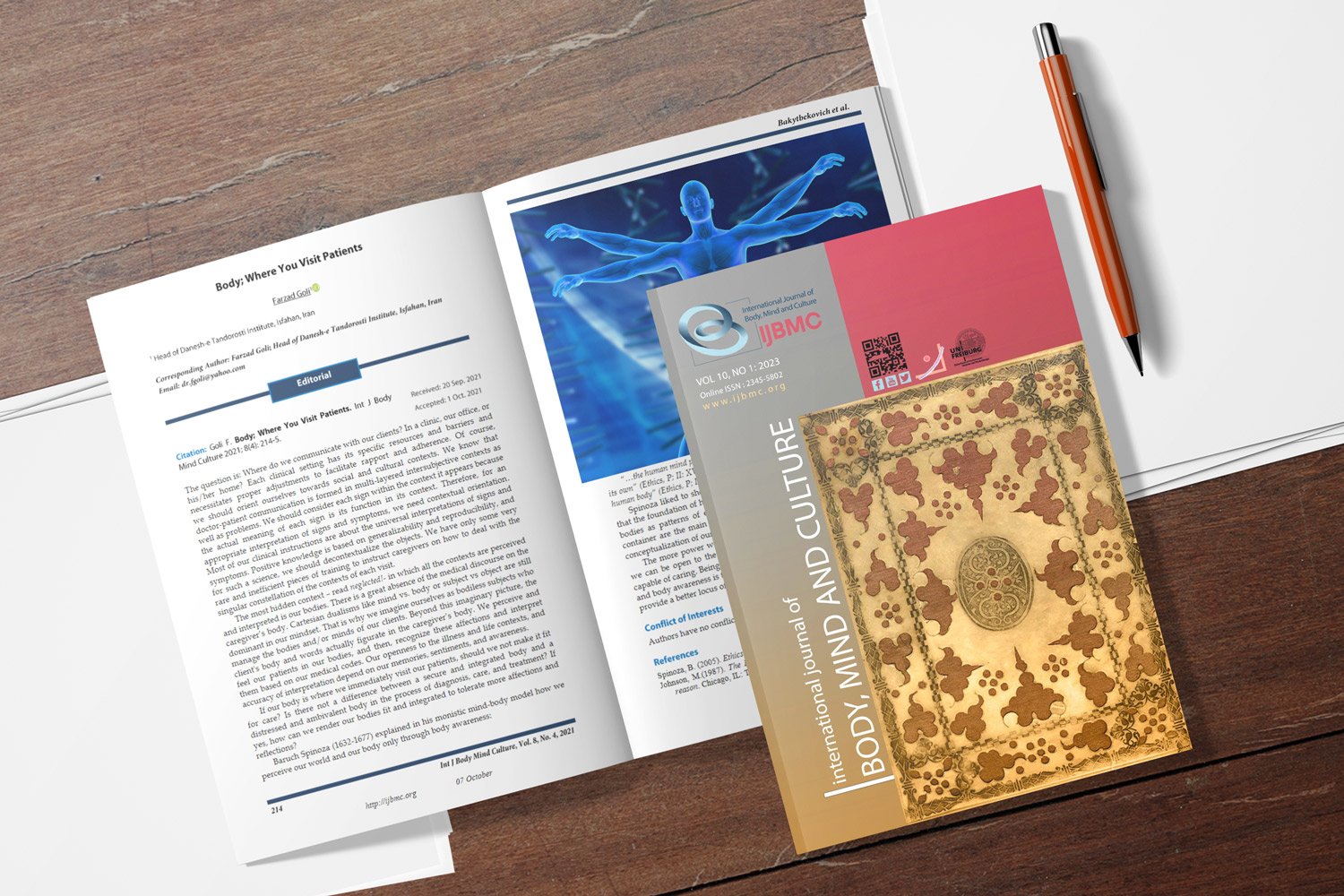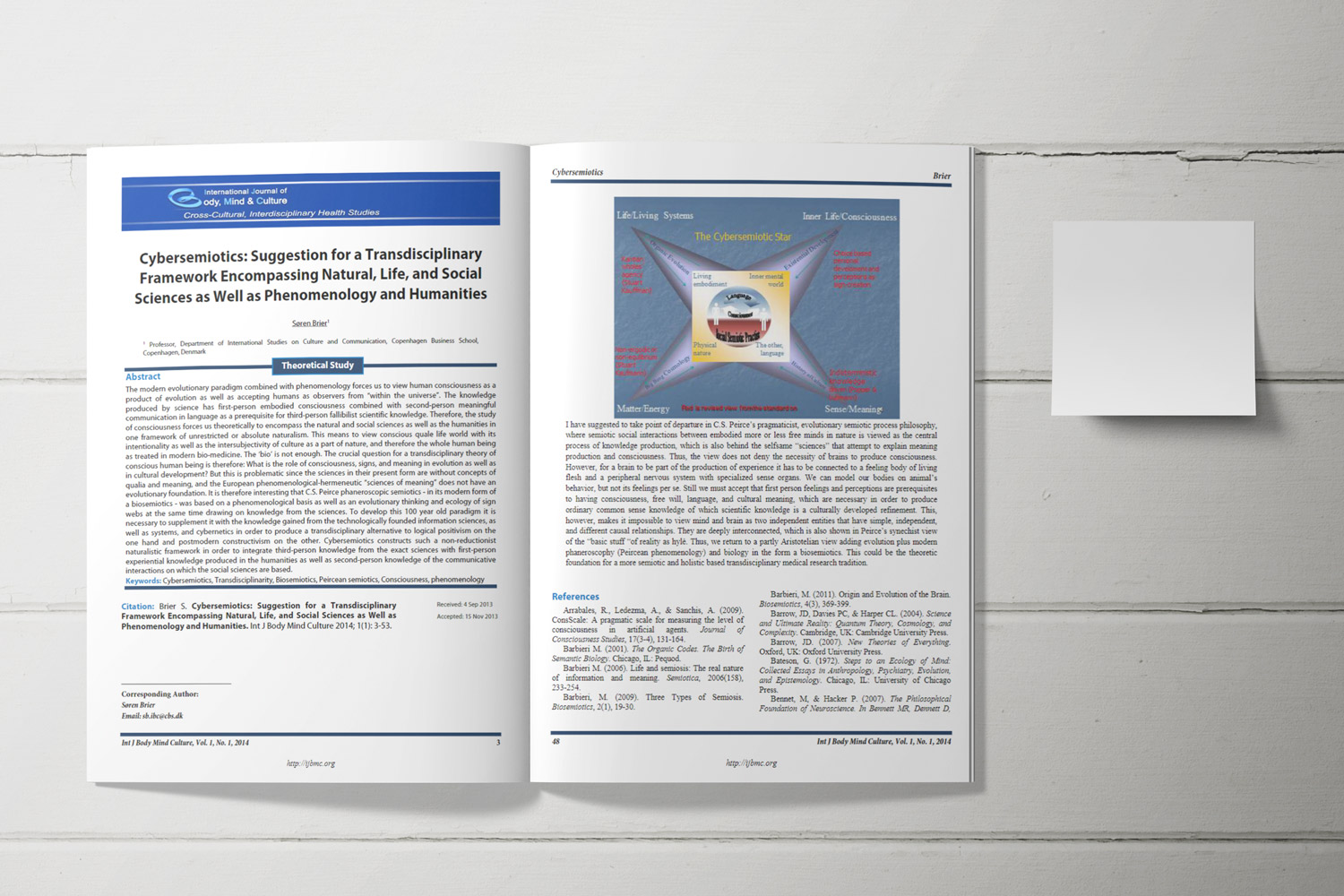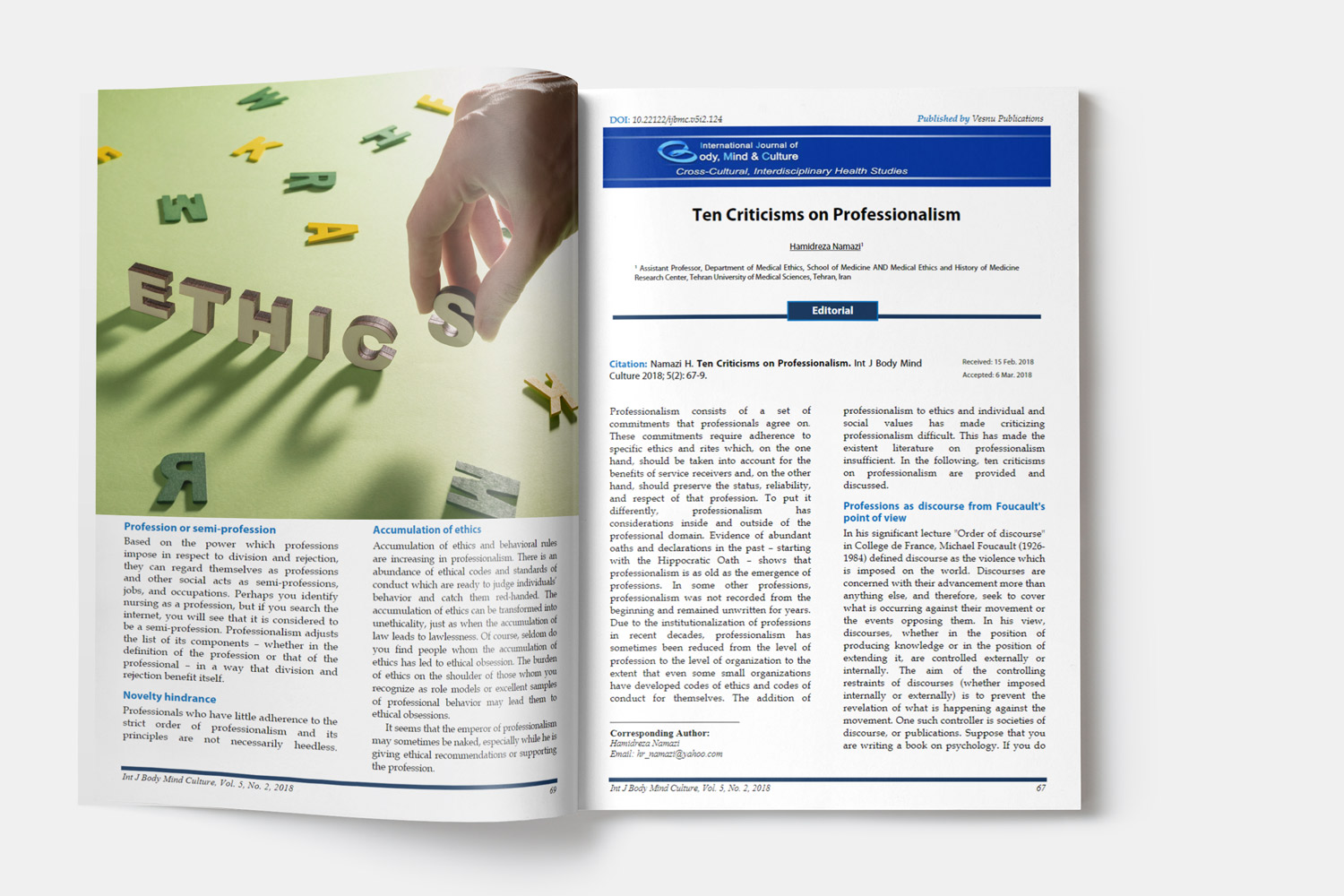Effectiveness of Eye Movement Desensitization and Reprocessing Therapy on Emotional Reactivity and Neurovascular Symptoms in Women With PTSD
Downloads
Objective: Post-Traumatic Stress Disorder (PTSD) in women is often accompanied by intense emotional reactivity and psychosomatic symptoms, including neurovascular dysfunction. Eye Movement Desensitization and Reprocessing (EMDR) therapy has demonstrated efficacy in reducing trauma-related cognitive and physiological responses. This study aimed to assess the effectiveness of EMDR in reducing emotional reactivity and neurovascular symptoms in women with PTSD.
Methods and Materials: A quasi-experimental pretest-posttest control group design was applied. Eighteen women diagnosed with PTSD based on DSM-5 criteria were selected through purposive sampling and randomly assigned to experimental (n = 9) and control (n = 9) groups. The experimental group received eight weekly sessions of standard EMDR therapy. Emotional reactivity was assessed using the Emotional Excitability Scale (EES), and neurovascular symptoms were measured with selected items from the Cornell Medical Index. Statistical analysis was conducted using MANCOVA and ANCOVA.
Findings: EMDR significantly reduced both emotional reactivity and neurovascular symptoms. The multivariate test showed a strong treatment effect (Wilks’ Lambda = .259, F(2, 14) = 20.12, p< .001, η² = 0.741). ANCOVA revealed significant improvements in emotional reactivity (F= 18.45, p < .001, η² = 0.568) and neurovascular symptoms (F= 16.78, p < .001, η² = 0.545) in the experimental group compared to the control group.
Conclusion: EMDR therapy appears highly effective in alleviating both psychological and somatic distress in women with PTSD. These findings support its integration into trauma-informed clinical services targeting female survivors of trauma with co-occurring neurovascular symptoms.
Downloads
Bagheri Sheykhangafshe, F., Fathi-Ashtiani, A., Savabi Niri, V., Nakhostin Asef, Z., & Bourbour, Z. (2023). The Effectiveness of Compassion-Focused Therapy on Obsessive-Compulsive Disorder and Post-Traumatic Stress Disorder in Nurses with COVID-19 Burnout: A Quasi-Experimental Study. Journal of Rafsanjan University of Medical Sciences, 21(11), 1115-1132. https://doi.org/10.52547/jrums.21.11.1115
Baharvand, V., Dortaj, F., Nasri, S., & Nasrollahi, B. (2022). Comparison of the effectiveness of cognitive-behavioral therapy, cognitive hypnotherapy, and EMDR on improving anxiety and autobiographical memory in women. Psychological Achievements, 29(2), 1-24. https://doi.org/10.22055/psy.2022.40110.2798
Braithwaite, C. J. (1987). Geology and palaeogeography of the Red Sea region. Pergamon Press Oxford. https://doi.org/10.1016/B978-0-08-028873-4.50007-4
Farhangi, H., Badiei, Z., & Moharreri, F. (2015). Prevalence of psychiatric symptoms in all patients during maintenance therapy. Iranian Journal of Pediatric Hematology and Oncology, 5(2), 77. https://pmc.ncbi.nlm.nih.gov/articles/PMC4475627/
Franza, F., Basta, R., Pellegrino, F., Solomita, B., & Fasano, V. (2020). The role of fatigue of compassion, burnout and hopelessness in healthcare: Experience in the time of COVID-19 outbreak. Psychiatria Danubina, 32(suppl. 1), 10-14. https://hrcak.srce.hr/262338
Goldstein, M., & Wooff, D. A. (1998). Adjusting exchangeable beliefs. Biometrika, 85(1), 39-54. https://doi.org/10.1093/biomet/85.1.39
Kakavand, H., Aghakouchakzadeh, M., Coons, J. C., & Talasaz, A. H. (2021). Pharmacologic prevention of myocardial ischemia–reperfusion injury in patients with acute coronary syndrome undergoing percutaneous coronary intervention. Journal of cardiovascular pharmacology, 77(4), 430-449. https://doi.org/10.1097/FJC.0000000000000980
Kamalmanesh, A., & Maredpour, A. (2017). Evaluation of post-traumatic stress disorder among war survivors. Health Research Journal, 2(2), 87-98. https://doi.org/10.18869/acadpub.hrjbaq.2.2.87
Mohebi, R., Chen, C., Ibrahim, N. E., McCarthy, C. P., Gaggin, H. K., Singer, D. E., Hyle, E. P., Wasfy, J. H., & Januzzi Jr, J. L. (2022). Cardiovascular disease projections in the United States based on the 2020 census estimates. Journal of the American College of Cardiology, 80(6), 565-578. https://doi.org/10.1016/j.jacc.2022.05.033
Mozaffarian, D., Benjamin, E. J., Go, A. S., Arnett, D. K., Blaha, M. J., Cushman, M., Das, S. R., De Ferranti, S., Després, J.-P., & Fullerton, H. J. (2016). Heart disease and stroke statistics—2016 update: a report from the American Heart Association. circulation, 133(4), e38-e360. https://doi.org/10.1161/CIR.0000000000000366
https://doi.org/10.1161/CIR.0000000000000350
Qiu, J., Gong, Y., Zhang, X., & Mao, W. (2024). Effectiveness of Mindfulness-Based Cognitive Therapy on Depressive Symptoms, Brain Potential, and Neuroimmunoinflammatory Factors in Depressed Patients. Clinical neuropharmacology, 47(4), 128-133. https://doi.org/10.1097/WNF.0000000000000601
Sedaghat Pour Haghighi, M. M., Kazemi, F., Saeidmanesh, M., Dolatabadi, S., & Demehri, F. (2025). Evaluating the Effectiveness of Virtual EMDR Therapy Platform on Reducing PTSD Symptoms. Journal of Health and Biomedical Informatics, 12(1), 52-63. http://jhbmi.ir/article-1-920-en.html
Shapiro, F. (2014). The role of eye movement desensitization and reprocessing (EMDR) therapy in medicine: addressing the psychological and physical symptoms stemming from adverse life experiences. The Permanente Journal, 18(1), 71. https://doi.org/10.7812/TPP/13-098
Teunissen, P. J. (2024). Adjustment theory: an introduction. TU Delft OPEN Publishing.https://doi.org/10.59490/tb.95
Villagrasa, B., Olaya, B., Lopez-Anton, R., De la Cámara, C., Lobo, A., & Santabárbara, J. (2019). Prevalence of anxiety disorder among older adults in Spain: A meta-analysis. Journal of affective Disorders, 246, 408-417. https://doi.org/10.1016/j.jad.2018.12.087
Weiss, N. H., Schick, M. R., Contractor, A. A., Goncharenko, S., Raudales, A. M., & Forkus, S. R. (2022). Posttraumatic stress disorder symptom severity modulates avoidance of positive emotions among trauma-exposed military veterans in the community. Psychological Trauma: Theory, Research, Practice, and Policy, 14(3), 446. https://doi.org/10.1037/tra0001048
Wood, A. W., Gonzalez, J., & Barden, S. M. (2015). Mindful caring: using mindfulness-based cognitive therapy with caregivers of cancer survivors. Journal of psychosocial oncology, 33(1), 66-84. https://doi.org/10.1080/07347332.2014.977418
Copyright (c) 2025 International Journal of Body, Mind and Culture

This work is licensed under a Creative Commons Attribution-NonCommercial 4.0 International License.










